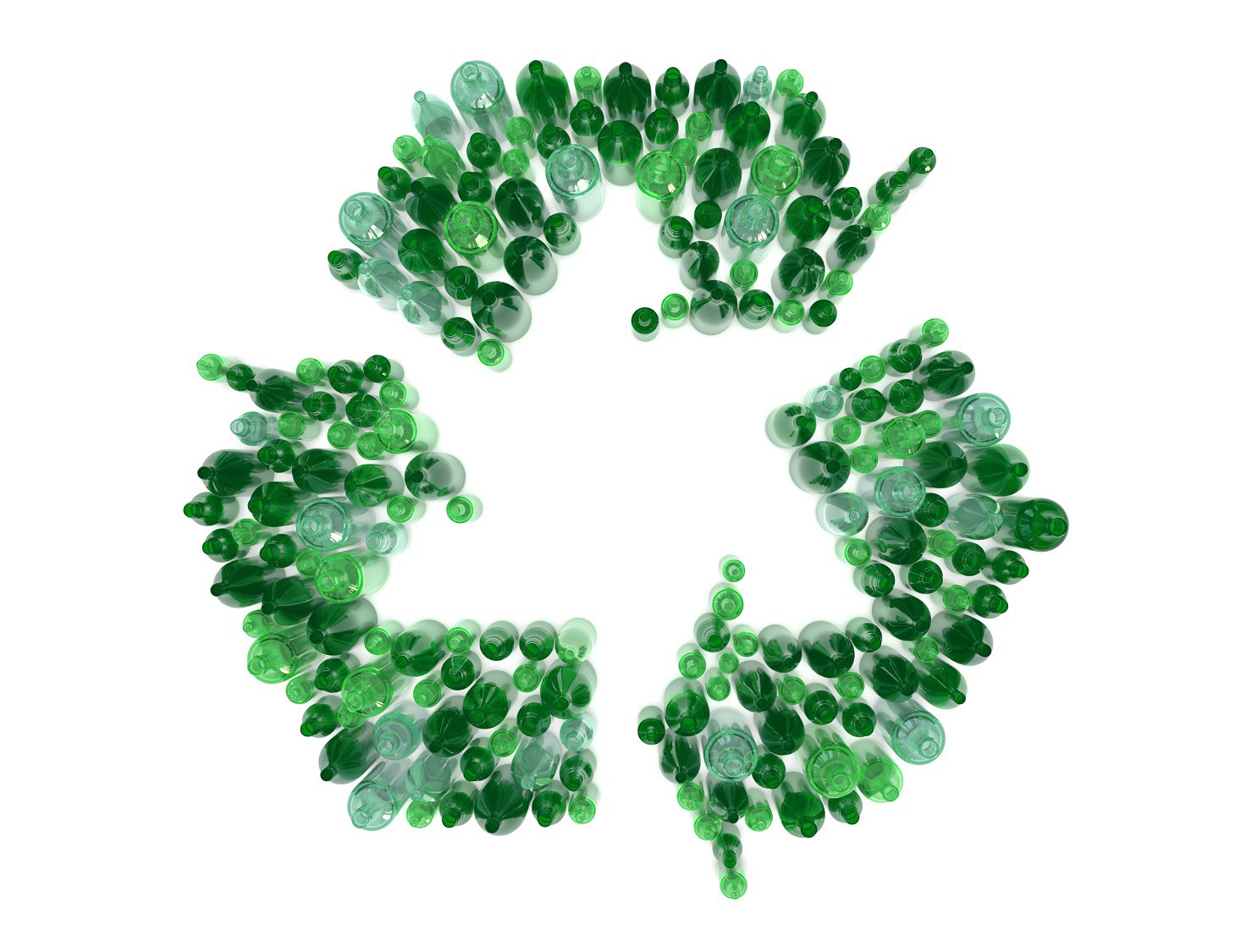Revival of glass as a sustainable packaging material for food
22.06.2023
For many years, the consumption of glass as a packaging material for food and for beverages stagnated or even decreased in many regions of the world. Glass was increasingly substituted by more lightweight materials, such as flexible plastic packaging
However, glass has become more popular again in the food industry since 2020. Two developments led to this revival: first, the effect of Covid-19 - many people stocked-up their reserve of food products to be prepared for sudden supply shortages. This effect was however only temporary, as households began to reduce their stockpiles recently.
The second and more long-term driver for the usage of glass as a food packaging material comes from consumers’ perception of glass as a high value and sustainable material:
Glass has the image of being a high value packaging material, with aesthetic superiority over alternatives like plastic packaging. Today, manufacturers can provide glass containers with a large variety of sizes, forms, and colors. This can make a difference in POS shelves. Therefore, it is not surprising that food such as pasta, coffee beans, and tea are increasingly packed into glass.Due to its inertness and transparency, customers perceive glass as a safe packaging material. For consumers, it is important to be sure that no harmful substances can migrate into the food. Similarly, the migration of fragrances into the exterior can also be ruled out. Plastic packaging does not provide the same level of confidence to the customers as glass.Glass is also a sustainable packaging material. While the production of glass is energy intensive, and transportation of glass packaging leads to higher emissions compared to flexible plastic packaging because of its weight, these two factors are often negligible: glass is almost 100% recyclable, and at the same quality as the original material. It also requires much less energy input compared to virgin glass production. In many countries, efficient glass collection systems exist, which guarantee a high recycling quota.These three factors make it highly probable that the usage of glass as a food packaging material will increase, with higher growth rates compared to the total packaging material market, especially in Europe and in some parts of Asia and Americas. Despite its attractiveness for the food industry, glass is not expected to considerably threaten the position of alternative packaging materials such as rigid and flexible plastics packaging, paperboard and metal.
Currently, the market share of glass in the European food packaging market is well below 10%. Flexible plastics packaging and paperboard packaging is valued for its relative lightness, versatility and cost. Therefore, bags and sachets will continue to be by far the most common primary package type.
Are you interested in further information? Please do not hesitate to contact us: Dr. Thorsten Böhn
Phone number +49 6201 9915 79,
Thorsten.Boehn@SchlegelundPartner.deValeria Mikhailova
Phone number +49 6201 9915 56,
Valeria.Mikhailova@SchlegelundPartner.de © Schlegel und Partner 2023
The second and more long-term driver for the usage of glass as a food packaging material comes from consumers’ perception of glass as a high value and sustainable material:
Glass has the image of being a high value packaging material, with aesthetic superiority over alternatives like plastic packaging. Today, manufacturers can provide glass containers with a large variety of sizes, forms, and colors. This can make a difference in POS shelves. Therefore, it is not surprising that food such as pasta, coffee beans, and tea are increasingly packed into glass.Due to its inertness and transparency, customers perceive glass as a safe packaging material. For consumers, it is important to be sure that no harmful substances can migrate into the food. Similarly, the migration of fragrances into the exterior can also be ruled out. Plastic packaging does not provide the same level of confidence to the customers as glass.Glass is also a sustainable packaging material. While the production of glass is energy intensive, and transportation of glass packaging leads to higher emissions compared to flexible plastic packaging because of its weight, these two factors are often negligible: glass is almost 100% recyclable, and at the same quality as the original material. It also requires much less energy input compared to virgin glass production. In many countries, efficient glass collection systems exist, which guarantee a high recycling quota.These three factors make it highly probable that the usage of glass as a food packaging material will increase, with higher growth rates compared to the total packaging material market, especially in Europe and in some parts of Asia and Americas. Despite its attractiveness for the food industry, glass is not expected to considerably threaten the position of alternative packaging materials such as rigid and flexible plastics packaging, paperboard and metal.
Currently, the market share of glass in the European food packaging market is well below 10%. Flexible plastics packaging and paperboard packaging is valued for its relative lightness, versatility and cost. Therefore, bags and sachets will continue to be by far the most common primary package type.
Are you interested in further information? Please do not hesitate to contact us: Dr. Thorsten Böhn
Phone number +49 6201 9915 79,
Thorsten.Boehn@SchlegelundPartner.deValeria Mikhailova
Phone number +49 6201 9915 56,
Valeria.Mikhailova@SchlegelundPartner.de © Schlegel und Partner 2023